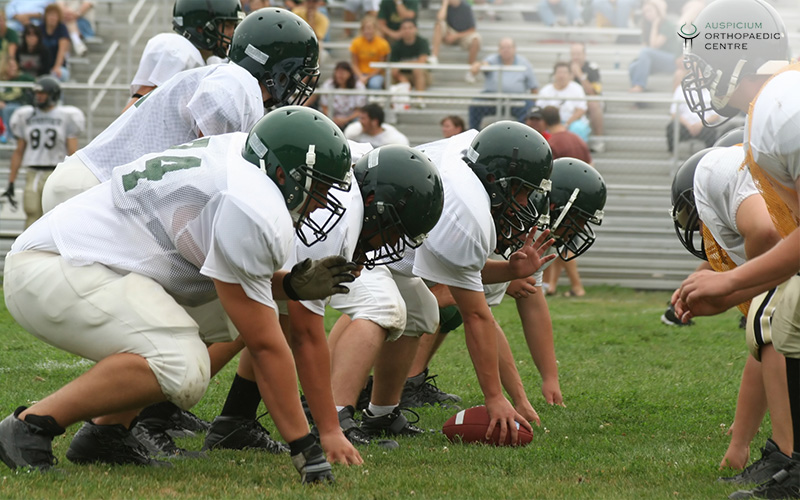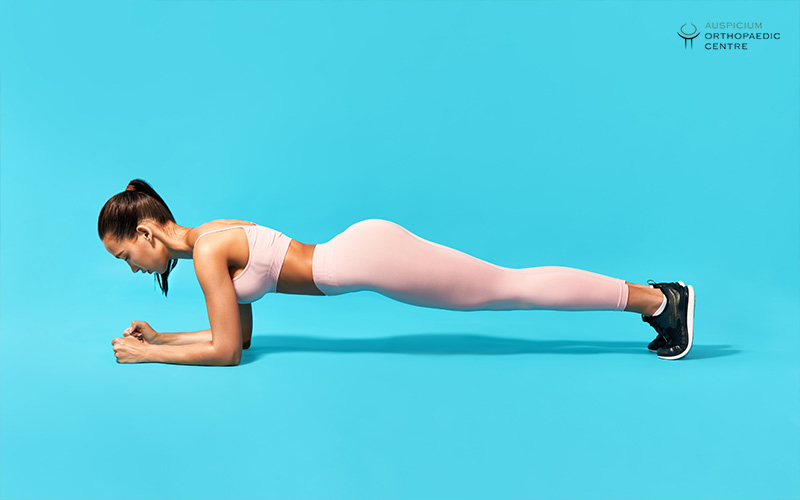Athletes and active individuals often experience one of the most common yet challenging injuries, a shoulder dislocation. As a result of trauma or repetitive motions, the upper arm bone is often forced backwards which can lead to this condition. However, you can prevent this dislocation with several practical methods. This blog will go over effective strategies for shoulder strengthening and improving joint stability, reducing dislocation chances.
Key Strategies for Shoulder Dislocation Prevention:
There are several practical strategies that athletes can incorporate into their routines to avoid dislocating their shoulders. Protecting yourself against injuries is more important for athletes and active individuals, and we will explore how they can prevent them:
- Strength and Stability Training
- Proper Technique and Form
- Use Protective Gea
1. Strength and Stability Training:
Strength and stability training is the most effective way to avoid shoulder-related issues, especially shoulder dislocation. It will strengthen the shoulder muscles and joints that keep the shoulder stable. Prioritise the workout that focuses on rotator cuff muscles and scapular stabilisers, as these muscles are crucial in stabilising shoulder joints and avoiding dislocation. Take a look at the following exercises to gain more insight:
- Rotator Cuff Exercises for Athletes: This type of training strengthens the shoulder muscles and helps prevent injuries by helping with both internal and external rotation.
- Shoulder Joint Stability Training: To enhance overall shoulder stability, engage in training, like plank variations. People who participate in high-impact sports, like MMA or football, can do this training to prevent shoulder injuries.
2. Proper Technique and Form:
Improper technique during exercise or a game is one of the major causes of shoulder injuries. That is why it is important to train under a professional coach who can teach the right movement patterns. By not straining your shoulder during the workout, you can minimise the risk of shoulder dislocation.
A professional sports doctor in Singapore would likely advise adjustments as per your lifting technique and recommend changing the overhead motion to reduce exertion on your muscles. To avoid putting too much tension on your muscles, you should incorporate controlled motions into your rotator cuff exercise. Similarly, engaging in regular mobility exercises, such as swimming, will maintain the health of the shoulder muscles.
3. Use Protective Gear:
Wearing protective gear is crucial in contact sports to reduce the force on your shoulder joint. Braces, shoulder padding, or taping techniques can provide additional support, especially in high-impact activities like netball, gymnastics, or skiing. For example, braces are a part of the athlete’s shoulder injury prevention plan that avoids excessive backwards motion for dislocation issues. Those who are aware of the risk should consider purchasing protective gear that enforces safety without affecting their performance.

In the End:
Athletes should prioritise workouts that stabilise the muscles and avoid shoulder dislocation as part of their regimen because maintaining their health is highly vital. From focusing on rotator cuff training to maintaining a proper technique, sportspersons can improve their performance while reducing injury risks. In addition, using the right protective gear would also ensure your safety in the long run. All these strategies would prevent any unfortunate incidents and keep you active in every game.
If you have an injury that is causing you a lot of problems, do not waste time reaching out to Auspicium Medical, a professional orthopaedic clinic in Singapore. Our personalised advice and injury-prevention strategies make sure that athletes are always prepared to give their best!

